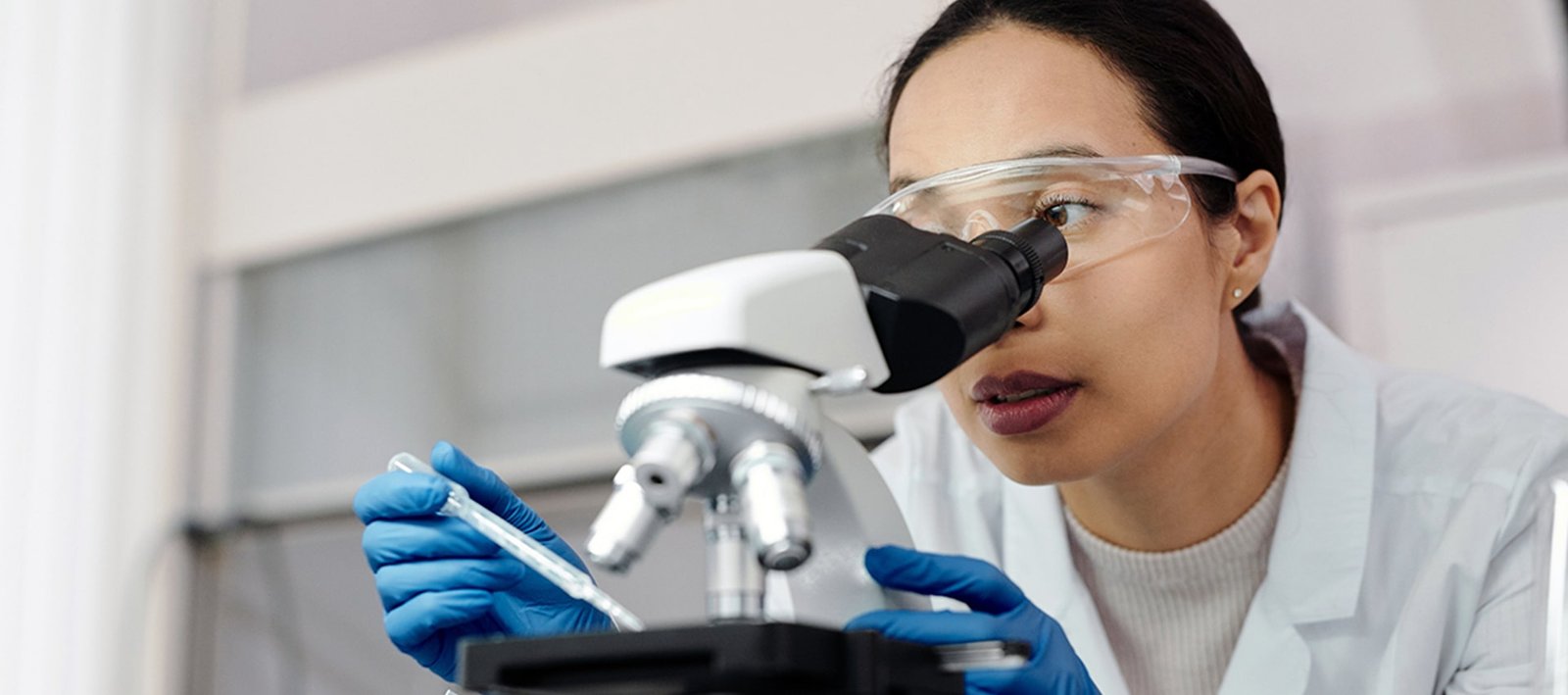- Uncontrolled severe hypertension
- Haemorrhagic diathesis
- Solitary kidney
- Renal neoplasm (to avoid spread of malignant call along the needle track)
- Large and multiple renal cysts
- Acute uterine infectious disease like pyelonephritis
- Urinary tract obstruction

Information:
Renal biopsy, a critical diagnostic procedure, involves the extraction of a small kidney tissue sample for microscopic examination. This invaluable method is employed in Faridabad to address a spectrum of medical indications, including:
Indications of renal biopsy
- Nephrotic Syndrome in Adults
Among adults, the most prevalent reason for renal biopsy is to diagnose nephrotic syndrome. The procedure enables healthcare professionals to pinpoint the underlying causes of this condition.
- Non-Responsive Nephrotic Syndrome in Children
In the case of pediatric patients with nephrotic syndrome that does not respond to corticosteroid treatment, renal biopsy can provide essential insights into alternative treatment options
- Acute Nephritic Syndrome
Renal biopsy is utilized in cases of acute nephritic syndrome for differential diagnosis, aiding in distinguishing between various kidney disorders.
- Asymptomatic Hematuria
When conventional diagnostic tests fail to locate the source of bleeding in cases of asymptomatic hematuria, renal biopsy becomes a crucial diagnostic tool.
- Impaired Renal Graft Function
In instances where the functioning of a renal graft is compromised, renal biopsy helps in evaluating the graft's condition and guiding treatment decisions
- Systemic Disease Involvement
Renal biopsy also plays a pivotal role in cases where the kidney is involved in systemic diseases like systemic lupus erythematosus or amyloidosis.
Renal biopsy serves several vital functions in the realm of renal disease, including:
- Establishing Diagnosis
By providing direct access to kidney tissue, renal biopsy aids in establishing a precise diagnosis.
- Assessing Severity and Disease Activity
The procedure enables healthcare providers to assess the severity and activity of the renal disease, facilitating appropriate treatment planning.
- Prognosis Assessment
Renal biopsy findings contribute to the assessment of the patient's prognosis, guiding healthcare professionals in providing informed and tailored care.
- In Faridabad, individuals seeking renal biopsy for diagnostic purposes can access the expertise of experienced Kidney Biopsy Doctors. The cost of Kidney Biopsy in Faridabad is an essential consideration, and it varies depending on the medical facility and the specific case. Renal Biopsy Treatment in Faridabad is an invaluable resource for those in need of accurate diagnoses and effective treatment planning for kidney-related conditions.
Contraindications
Procedure
- Patient’s informed consent is obtained
- ultrasound/CT scan is done to document the size and location of kidneys
- Blood pressure should be less than 160/90mm of hg
- Bleeding time, platelet count, prothrombin time and activated partial thromboplastin time should be normal
- Blood sample should be drawn for blood grouping
- Patient is sedated before the procedure. Patient lies in prone position and kidney is identified with ultrasound
- The skin over the selected is disinfected and a local anesthetic is infiltrated
- A small skin incision is given with a scalpel (to insert the biopsy needle). A local anesthetic is infiltrated down to renal capsule
- A tru-cut biopsy needle or spring loaded biopsy gun is inserted under ultrasound guidance and advanced down to the lower pole
- Biopsy is usually obtained from the lateral border of the lower pole.
Types of renal biopsy
Renal biopsy is divided into three parts:
- Light microscopy
- Immunofluorescence
- Electron microscopy
- Hematoxylin and eosin (for general architecture of kidney and cellularity)
- Periodic acid schiff: to highlight basement membrane and connective tissue matrix
- Congo red- for amyloid
For light microscopy ,renal biopsy is routinely fixed in neutral buffered formaldehyde.
Sections are stained by:
For electron microscopy, tissues are fixed in glutaraldehyde.
In immunofluorescence, tissue deposits of IgG, IgA, IgM, C3, fibrin light chains can be detected by using appropriate antibodies.
Complications
- Hemorrhage- as the renal cortex is highly vascular, major risk is bleeding.
- Arteriovenous fistula
- Infection
- Accidental biopsy of another organ or perforation of viscus (liver, spleen, pancreas, adrenals, intestine, or gallbladder
- Death (rare)
